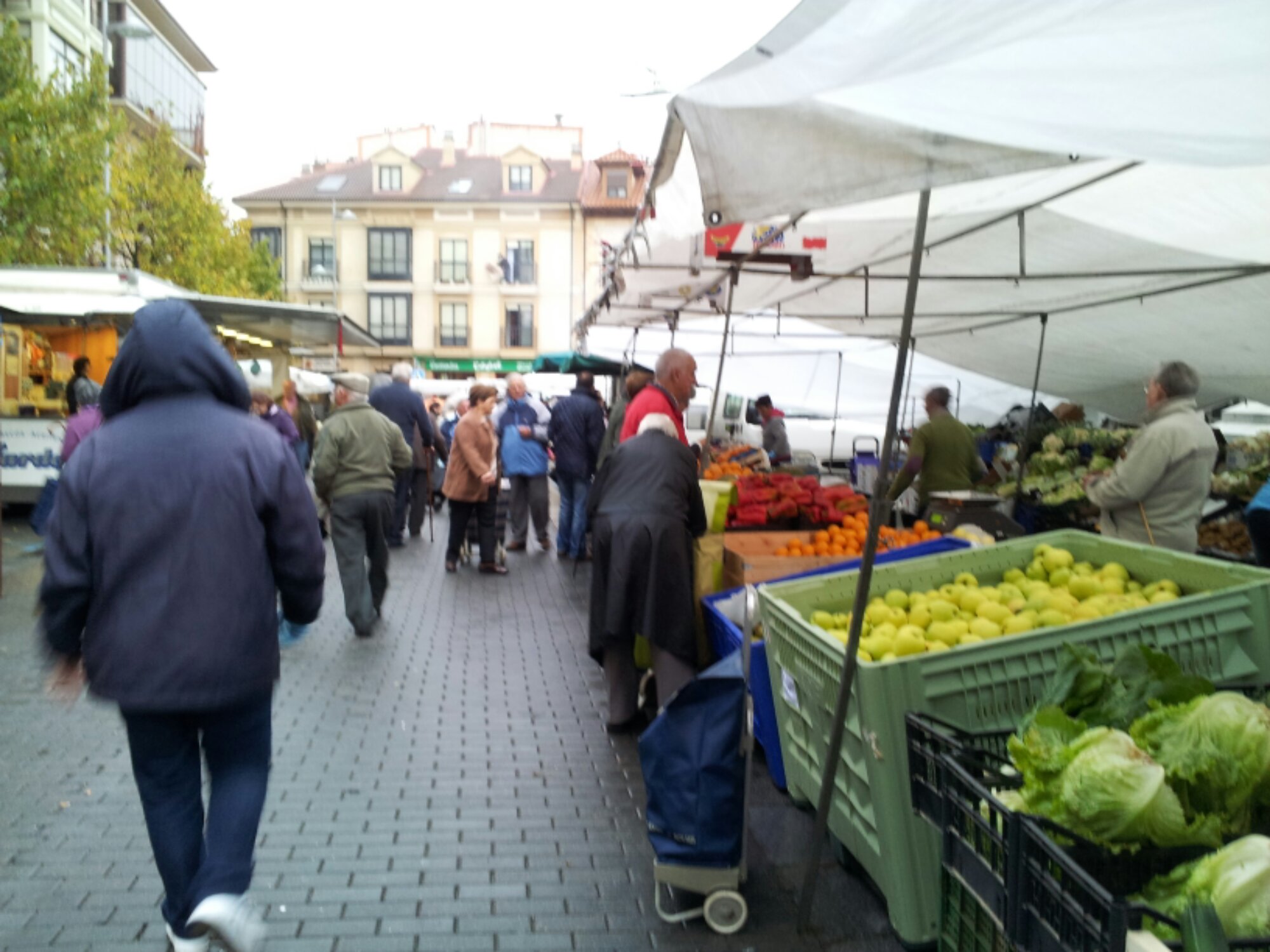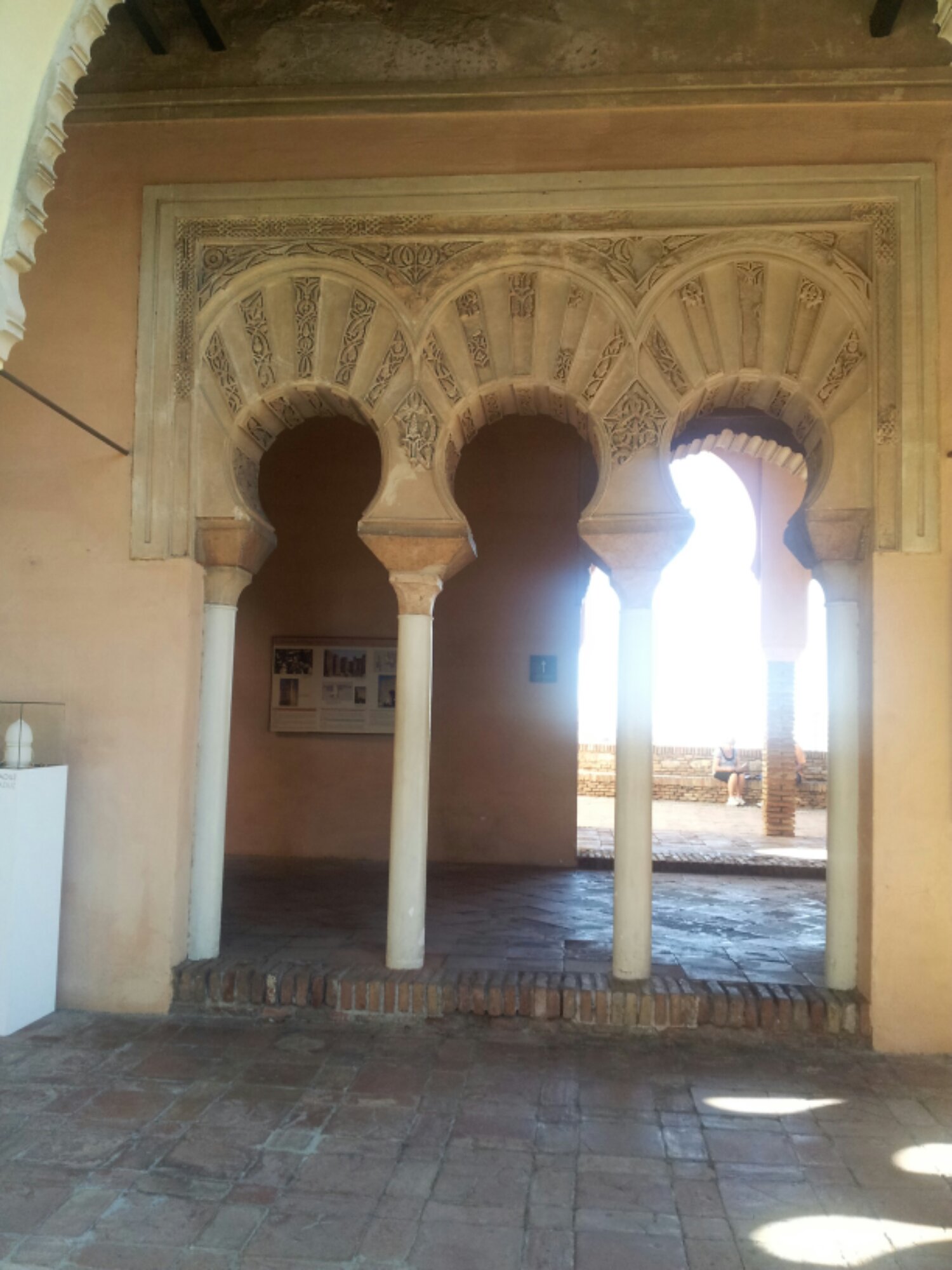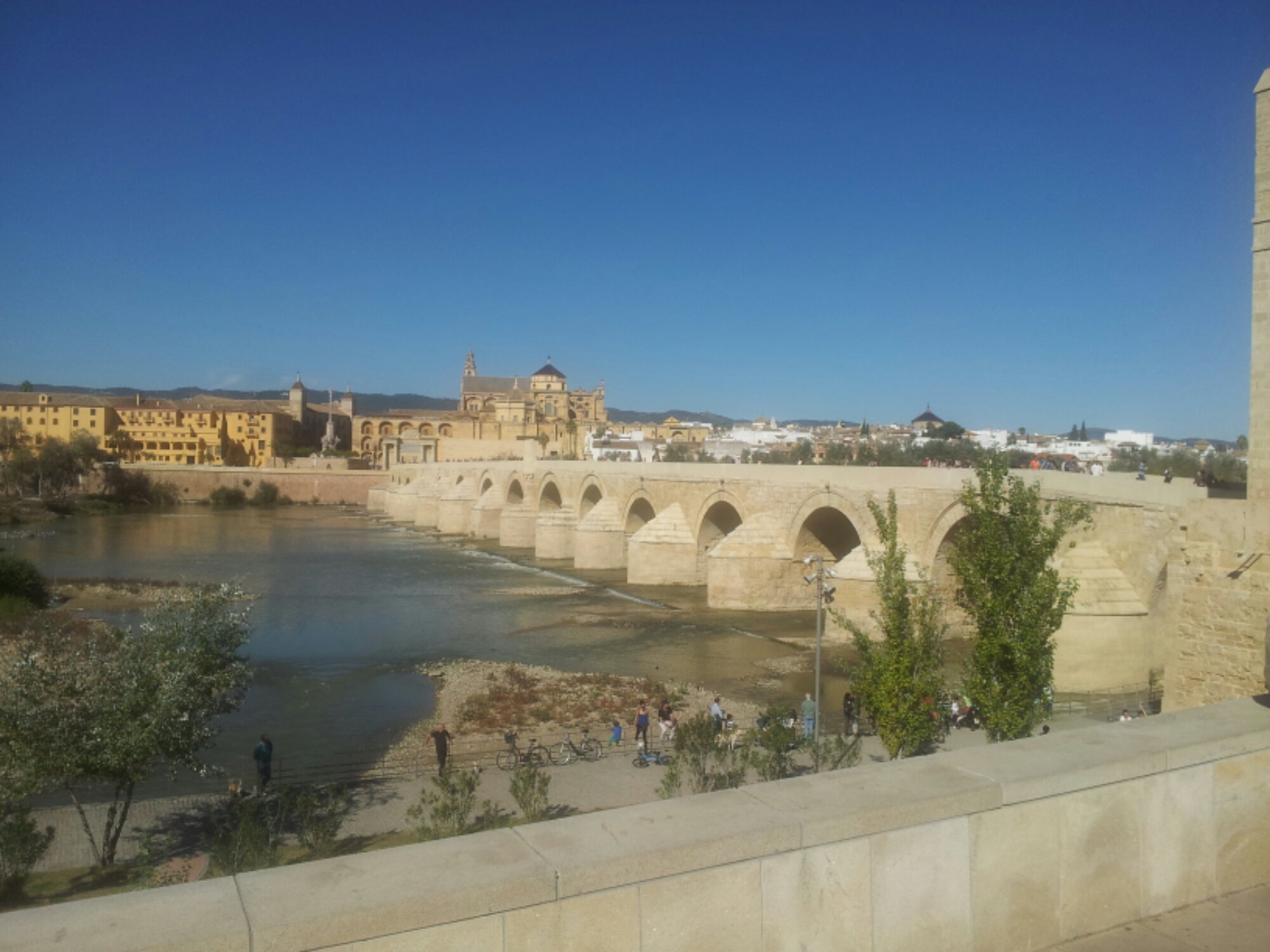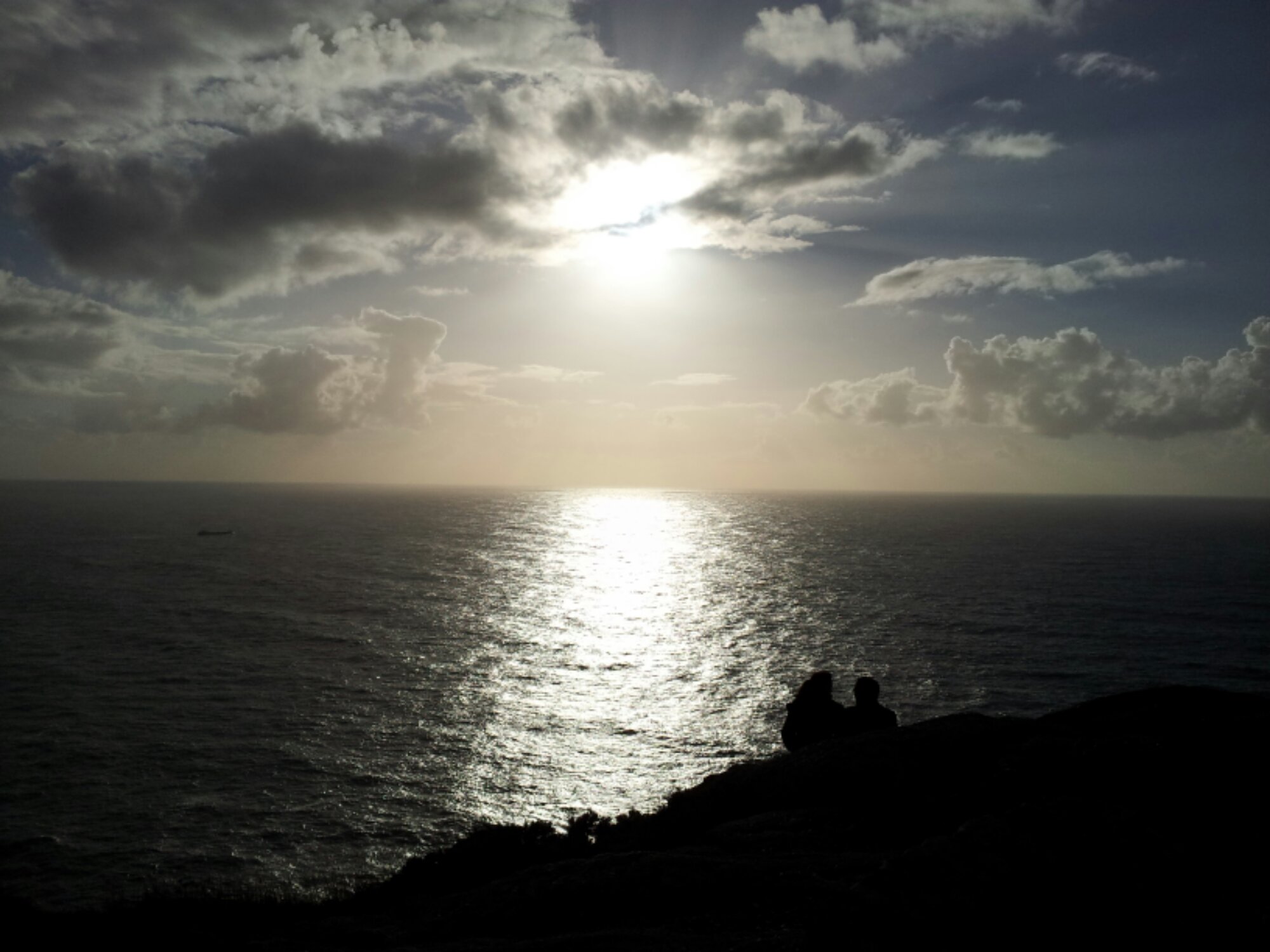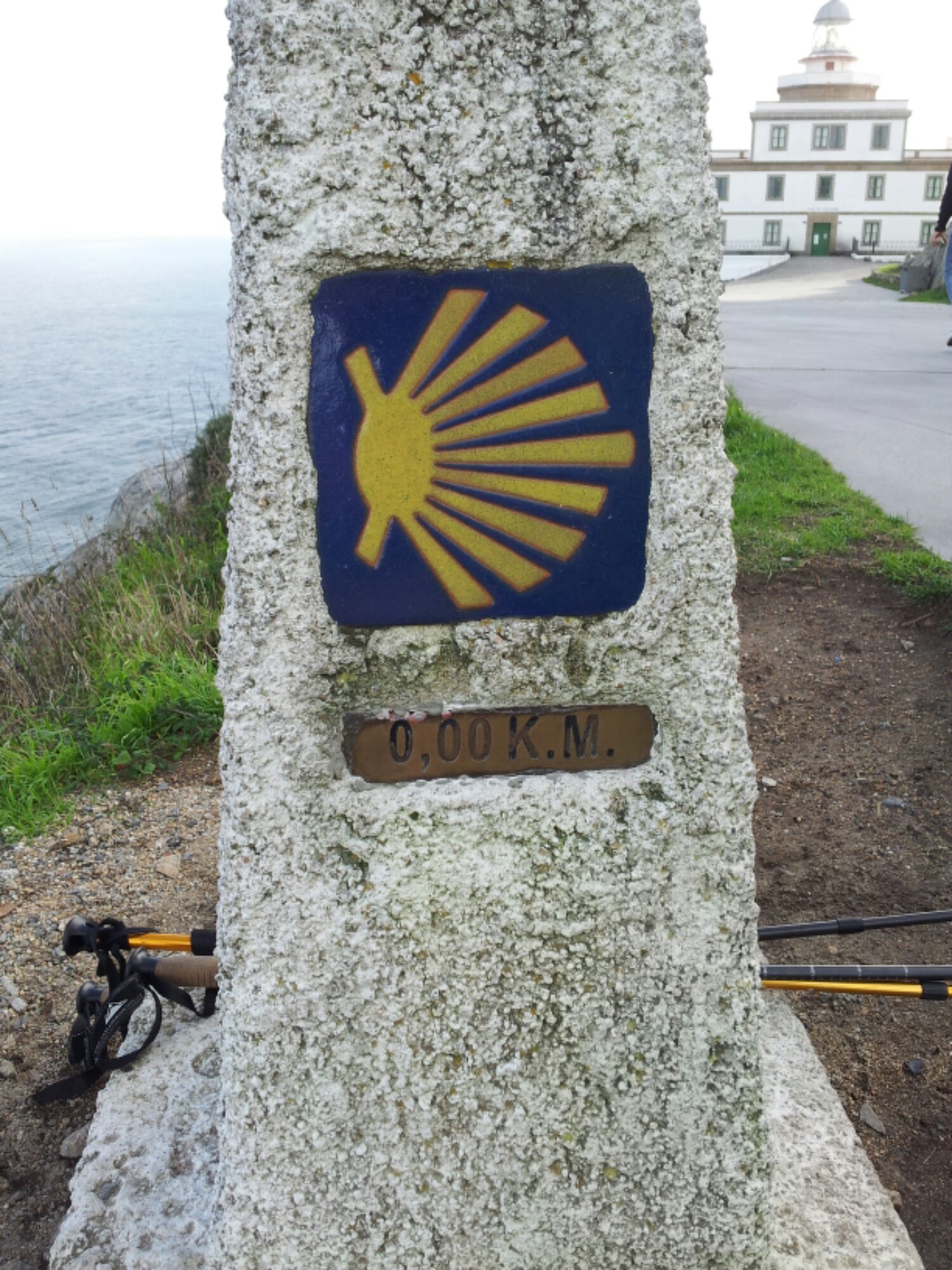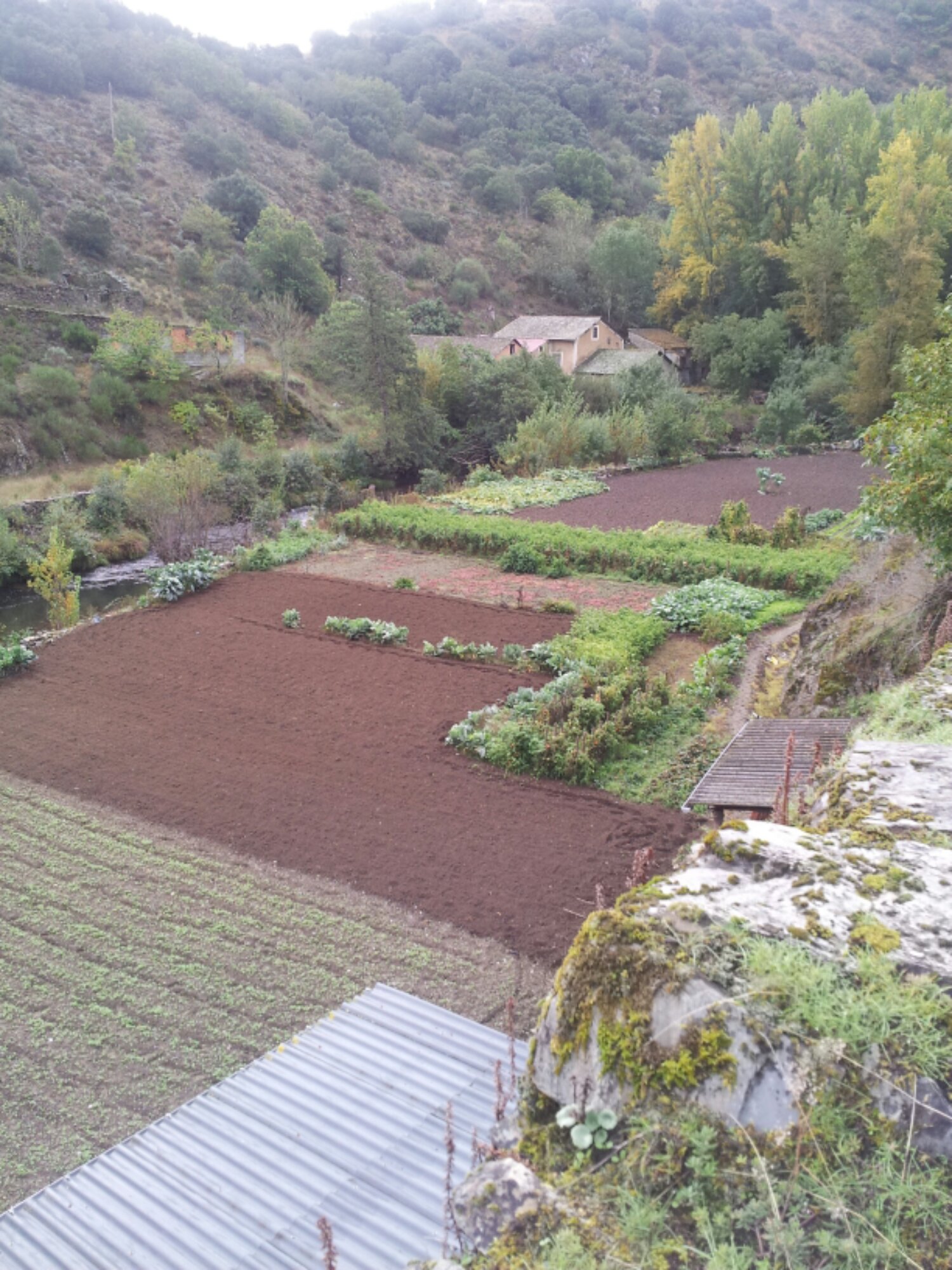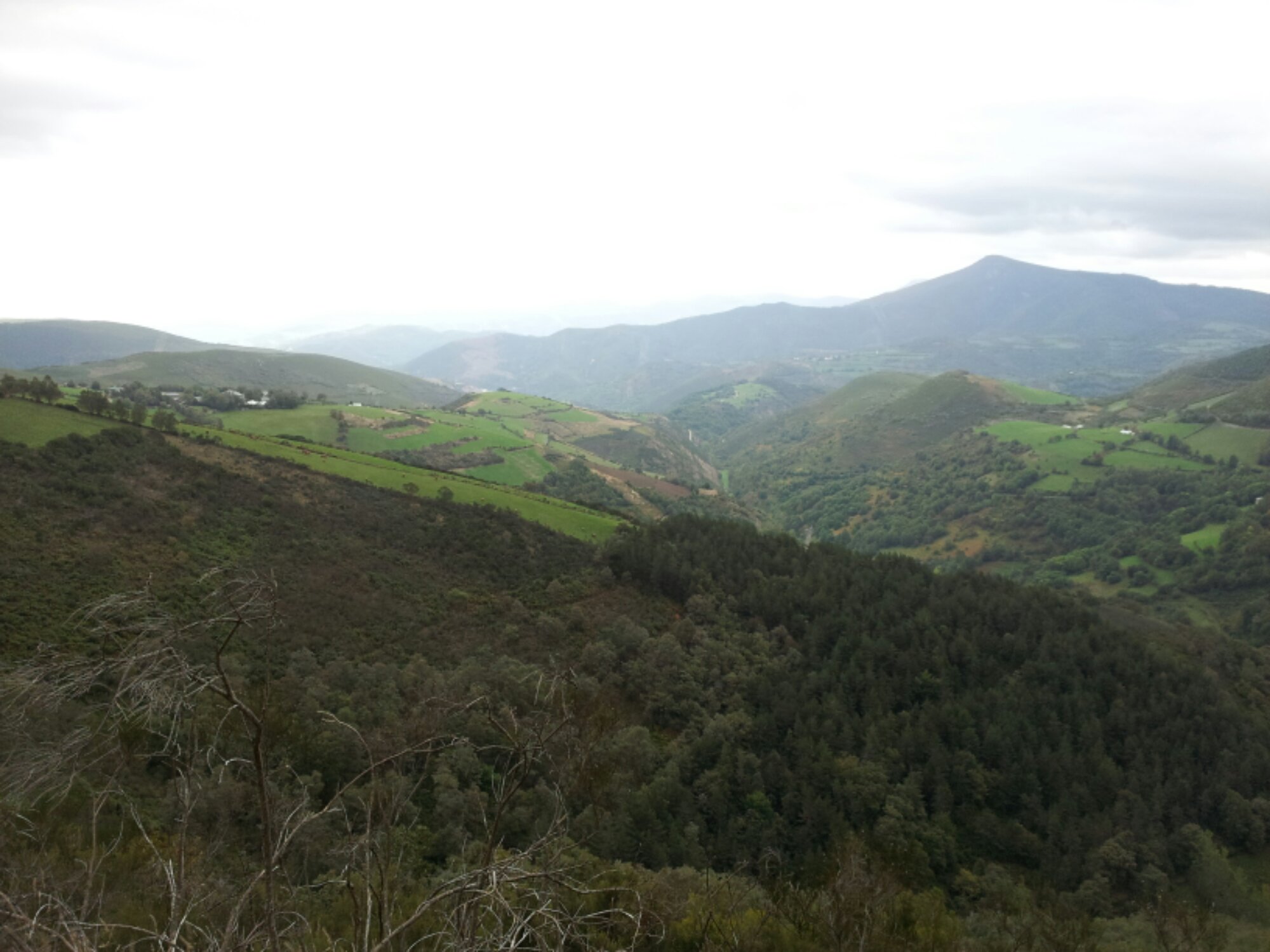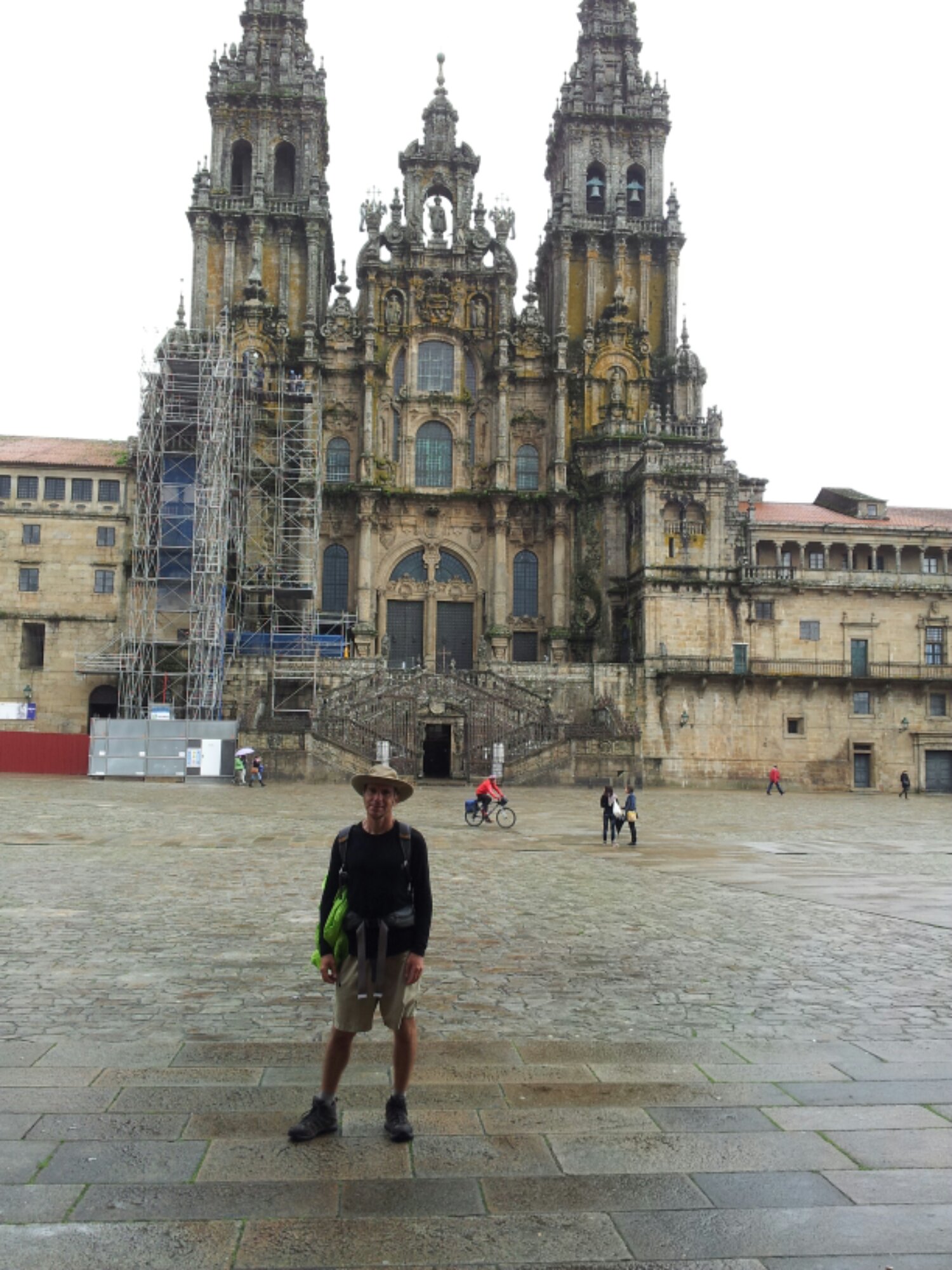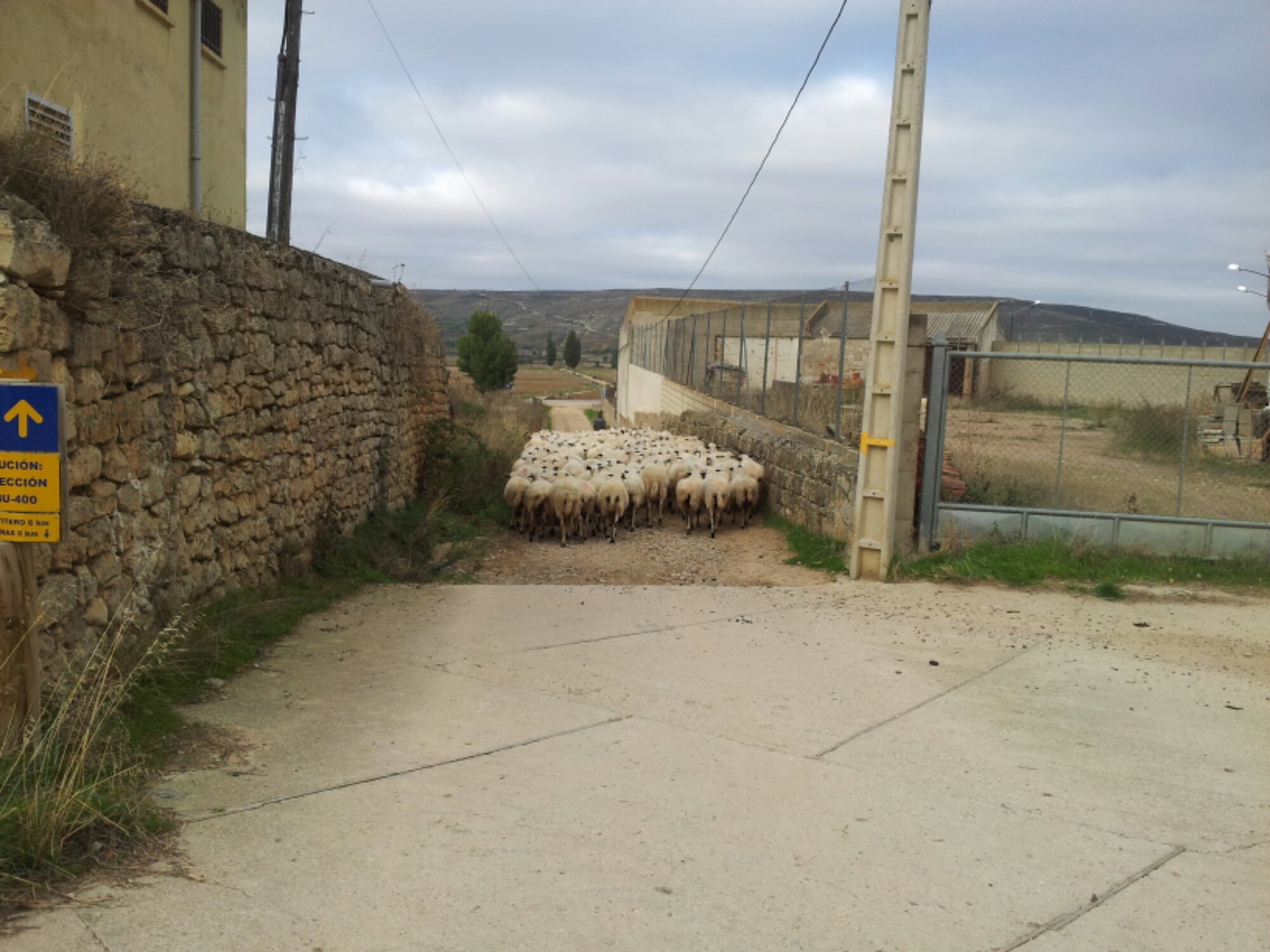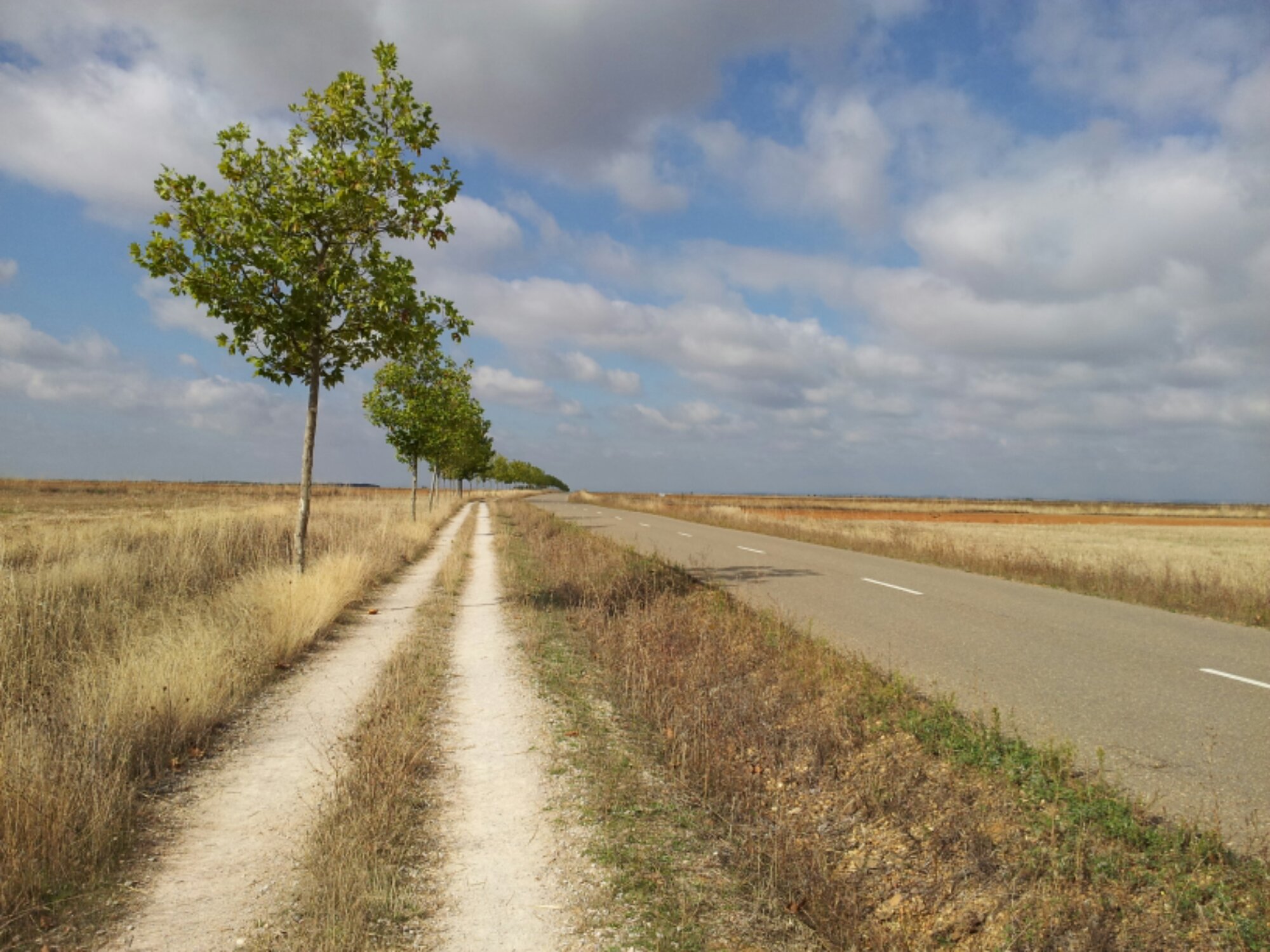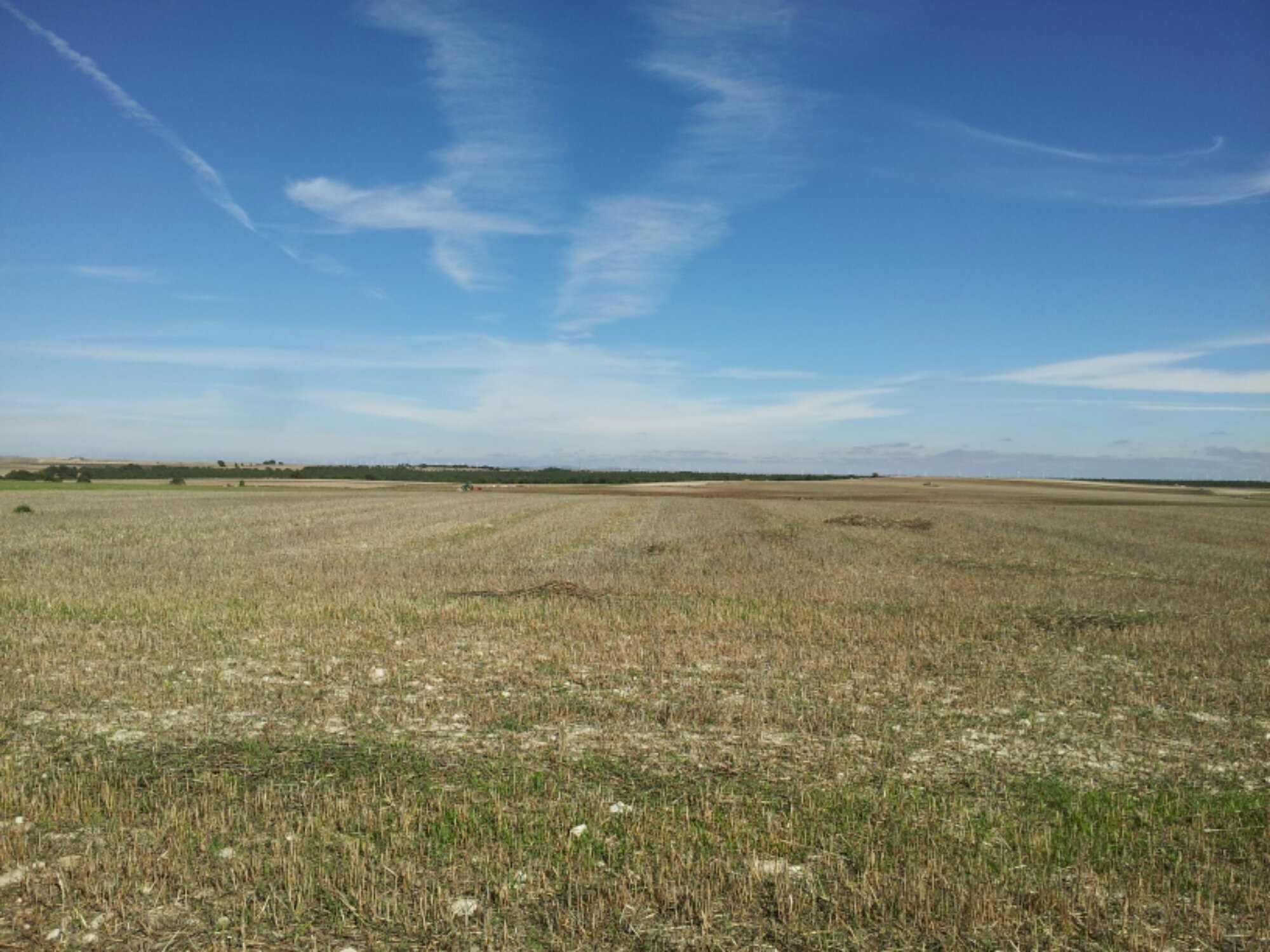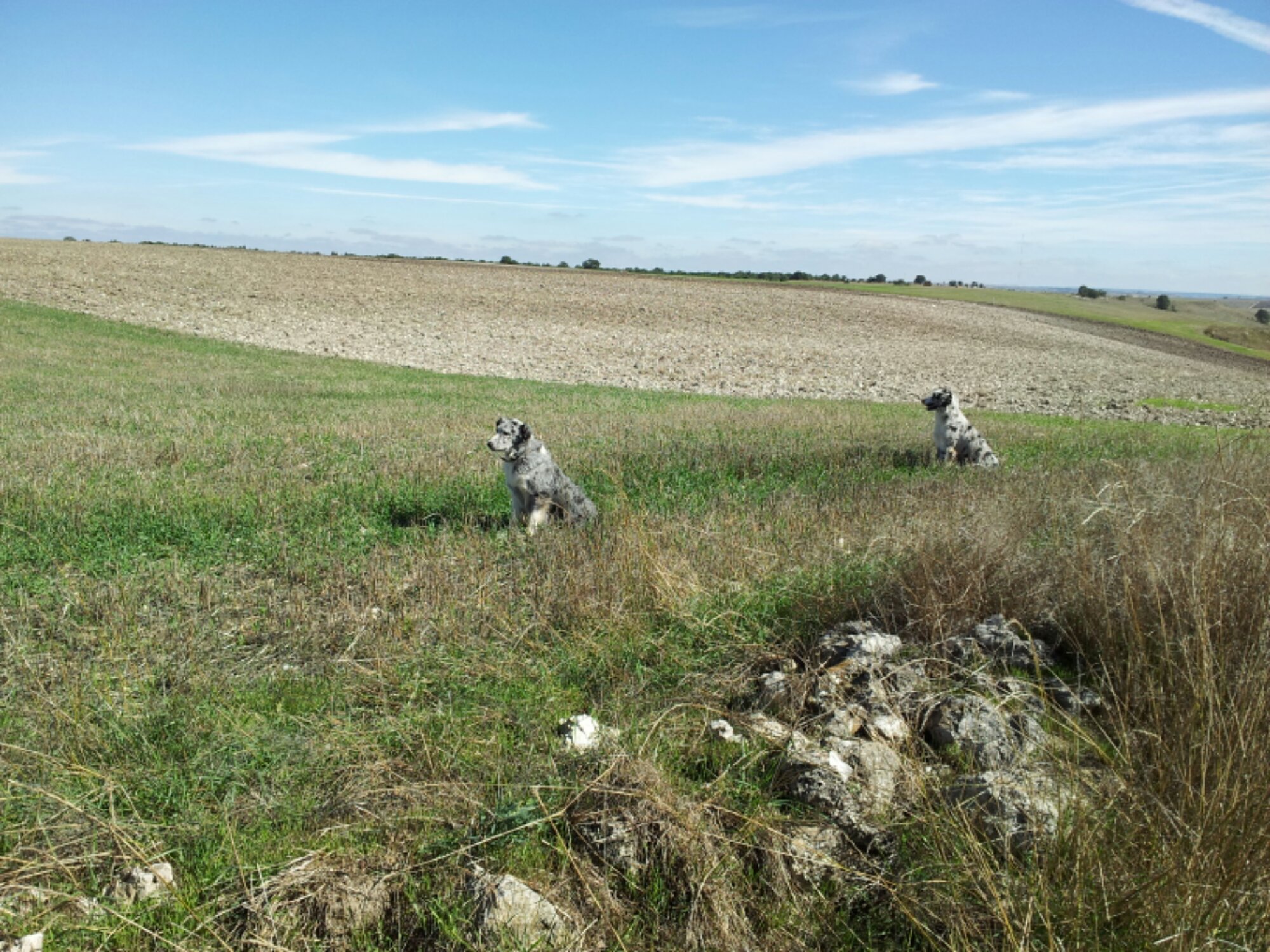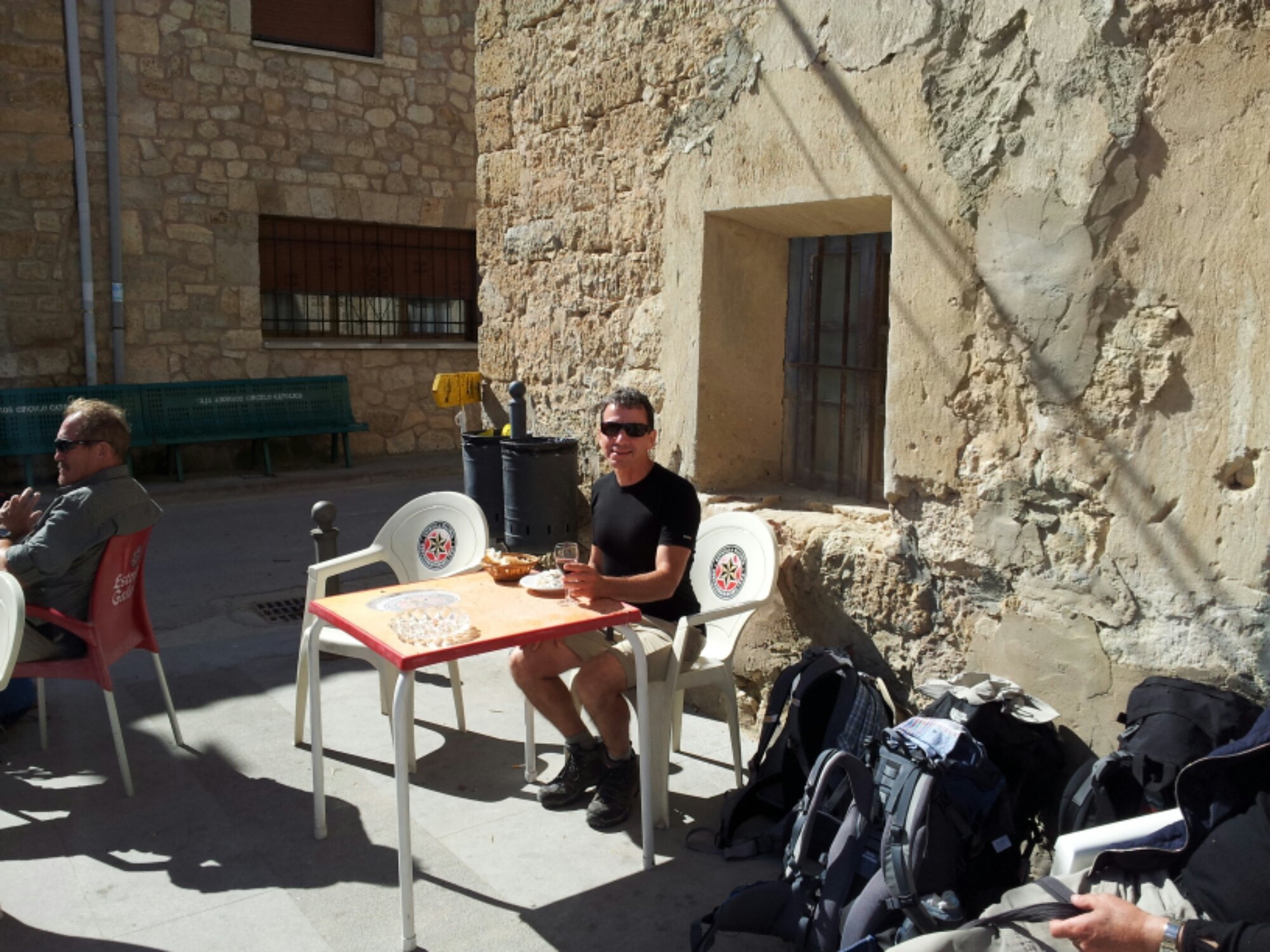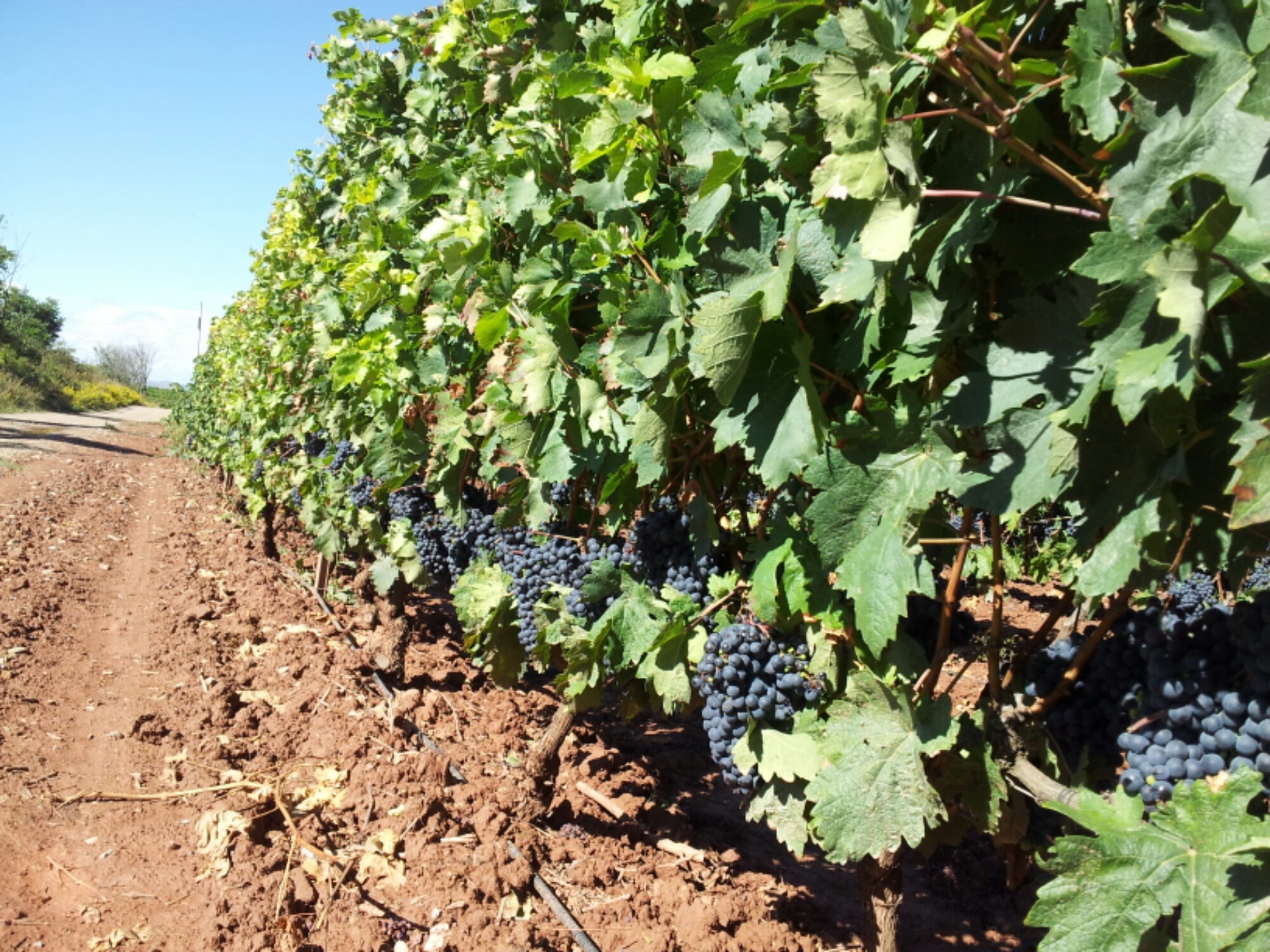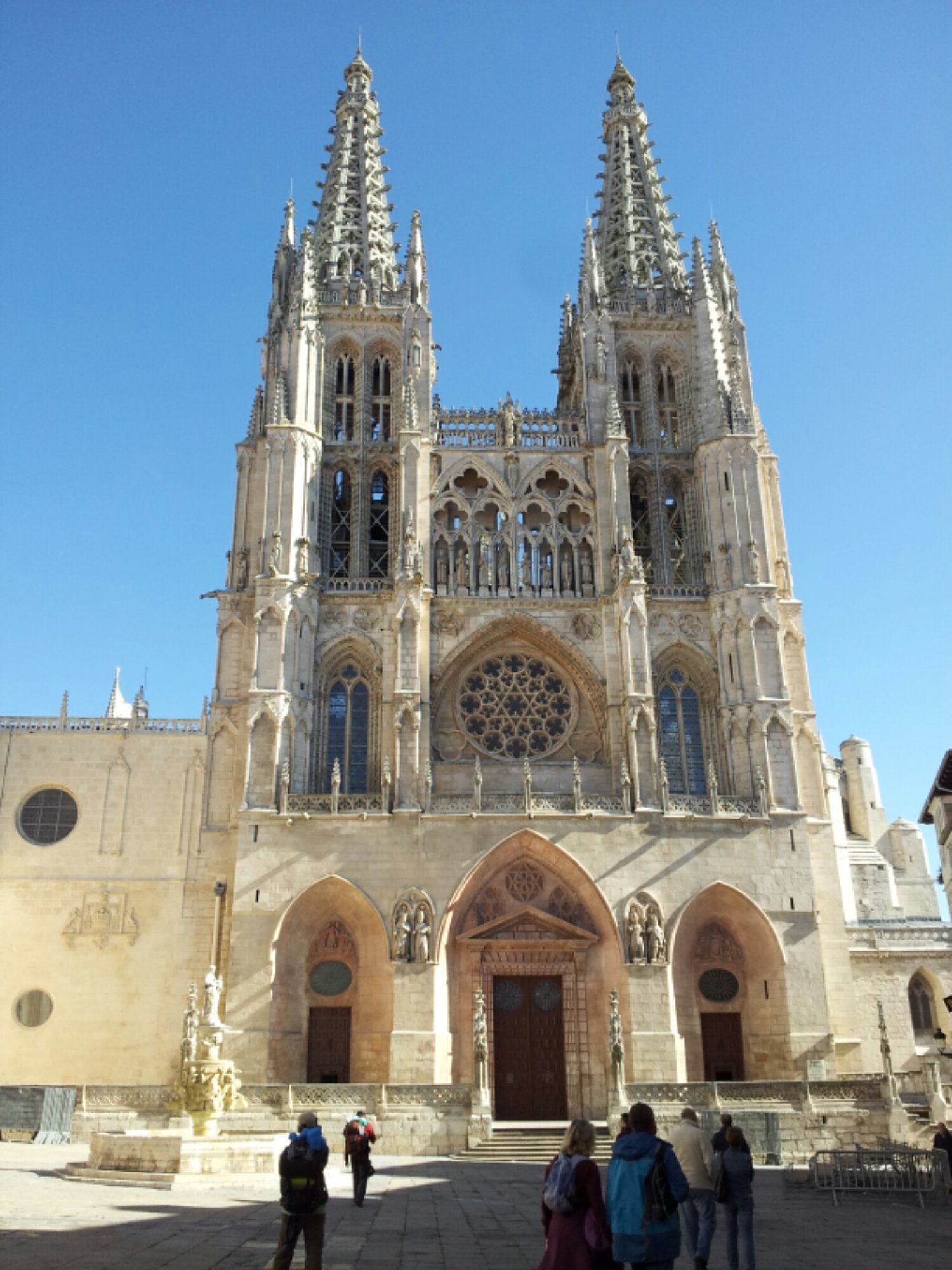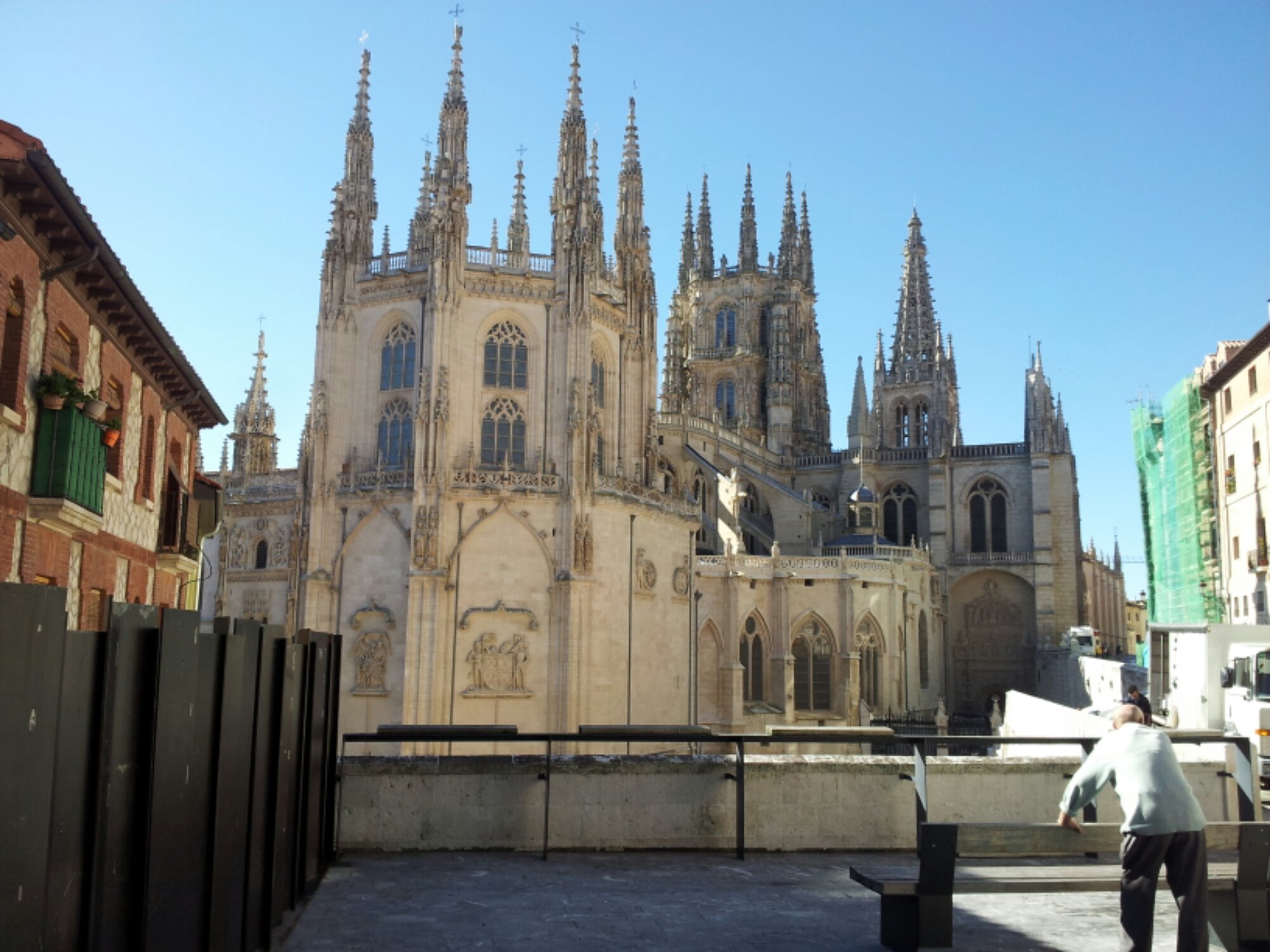I’ve stopped in Astorga for a couple of days because of a forecast of heavy rain which hasn’t materialized. Astorga has turned out to be a great great place to be stuck in the rain. There is the Gaudi Palace, designed to be the bishop’s residence, which is now a museum. I usually refuse to pay admission to anything owned by the catholic church on moral grounds, but in this case I made an exception and it was worth it.



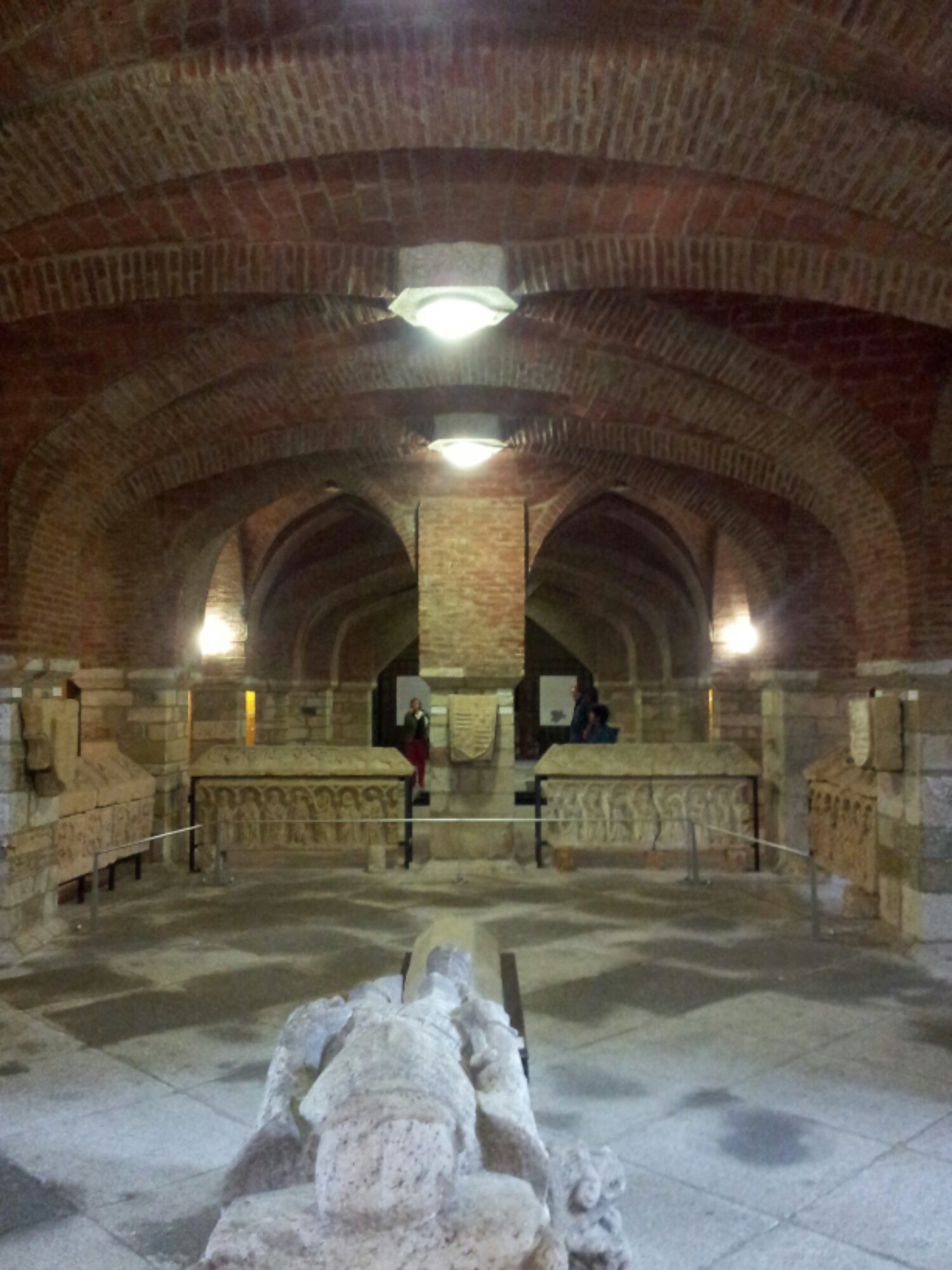
The last photo is the basement, which gives you an idea of the attention to detail throughout the building.
Astorga was an important Roman city in northern Spain, and there are many Roman ruins including a bridge that is still in use and several thermal baths. There are several spas in town because of the natural hot springs in the area. And best of all, Astorga is Spain’s ‘City of Chocolate’. There are more chocolate and pastry shops per capita than I’ve seen anywhere.
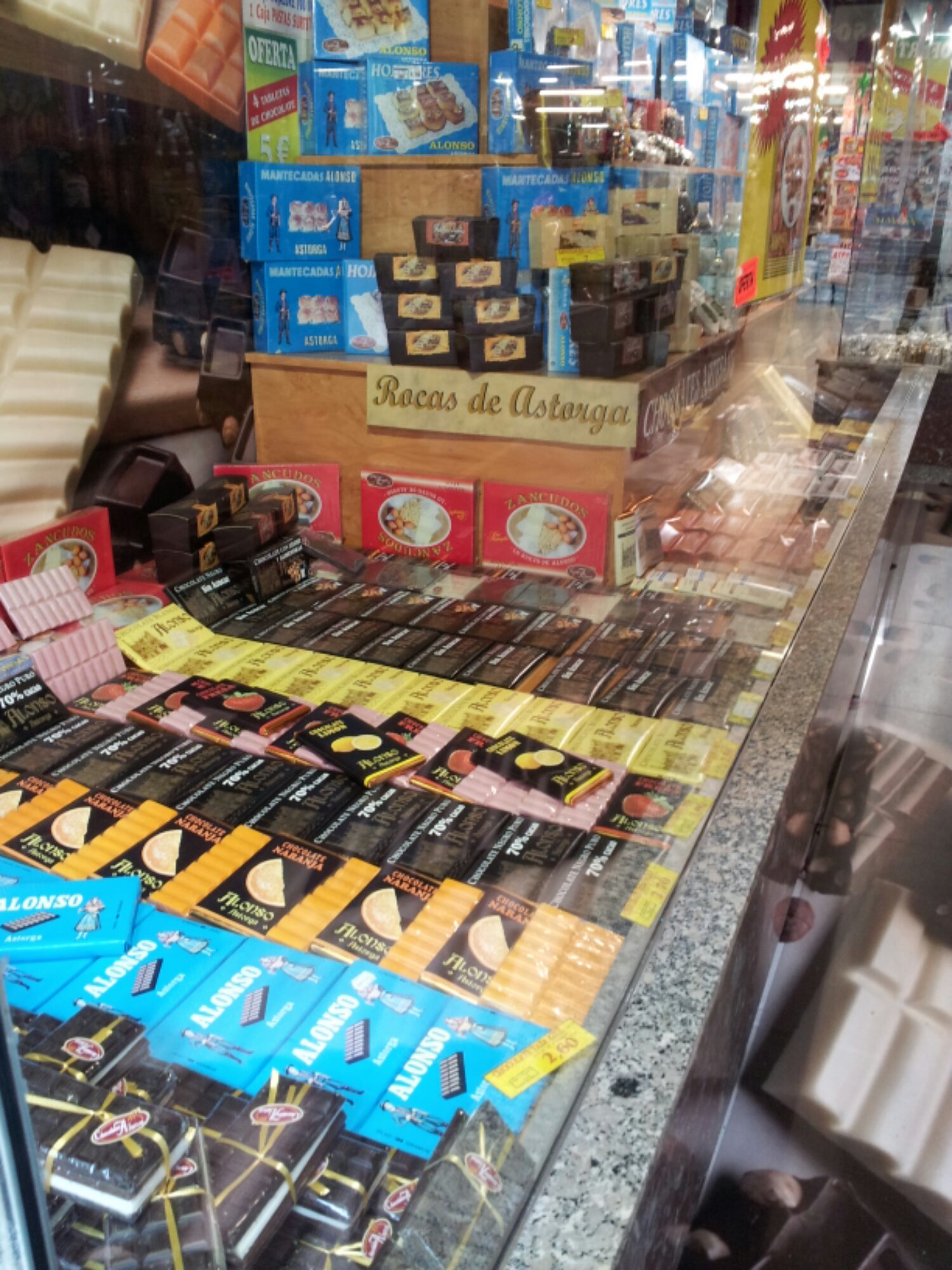
Most of the people I know from the first few days of walking are several days behind me. Almost everyone has had terrible blisters or injuries that have slowed them down. I’ve been fortunate not to have had any problems so far, and there are several other people who are moving along at a steady clip that I run into almost daily.
This morning while I was having breakfast Marco from Liguria walked into town. His wife has to run their hotel alone while he is walking, so he walks 30 km per day so he can finish on schedule. His feet are in such bad condition that he can’t put shoes on, so he swathes his feet in gauze and walks in sandals. When he gets home his wife is going on a beach holiday to the Philippines. She’s much more sensible than he is.
Next through town was Christophe, a Frenchman who started walking from Geneva two months ago. He doesn’t speak much English so I don’t know much about him, but he leaves late and walks fast like me so I see him more often than anyone else.
There were also two French ladies I saw often, Natasha and Camille, who went home from Leon and will return next year to walk the rest of the way. Neither of them speaks much English but they still manage to be hilarious. They can’t understand how the Spanish, even the Basques who live near France and therefore should know better, can be so uncivilized as to drink red wine chilled. They are almost as bad as the Americans, although certainly not as barbaric as the Germans who drink beer and eat sausage even when they visit France. Sometimes they would make me laugh so hard I was afraid chilled red wine would come out of my nose.
There are many interesting people you meet once and never see again. There was a guy from Brussels I met the day before walking into Burgos with whom I spent hours talking about Graham Greene, the reconquest of Spain, and the many used of the word ‘log’, among other things. A history professor from Oxford who told me all about the history of the Romans in Spain, then showed me her tattoos of some American pop band I’ve never heard of. And Paco (short for Francisco) a retired engineer from Madrid who spent the day showing me around Leon. He explained what all the different types of cured meats are (unfortunately the very tasty ‘ham’ I’ve had for breakfast a couple of times is horse meat), told me about the regional wines, and ordered me some regional delicacies for lunch. He belongs to a club that helps to maintain the Camino, and walks it often so he can practice his English now that he is retired.
Most of the people walking aren’t doing it for religious reasons. The exceptions include the conventional – I think Marco is religious, there is a priest I met the first week – and unconventional – a guy from Chile who is walking barefoot.
There are also a number of people who are at an inflection point in their lives and are walking in order to contemplate what comes next. Alene from Geneva was fired by the company where she has worked since graduating from school at 14 and she has problems with her family. She started walking from Le Puy, France about 6 weeks ago. The last time I saw her a few days ago she sampling at a snails pace – I think she doesn’t know what to do after reaching Santiago so she is trying to prolong the journey.
Some people continually walk the Camino, either because they didn’t find what they were searching for when they reached Santiago, or for economic reasons.
Of course, what we all want to see but no one has spotted yet is a pilgrim with a donkey. Walking the Camino and not seeing a pilgrim with a donkey is like going to Australia and not seeing a kangaroo.
